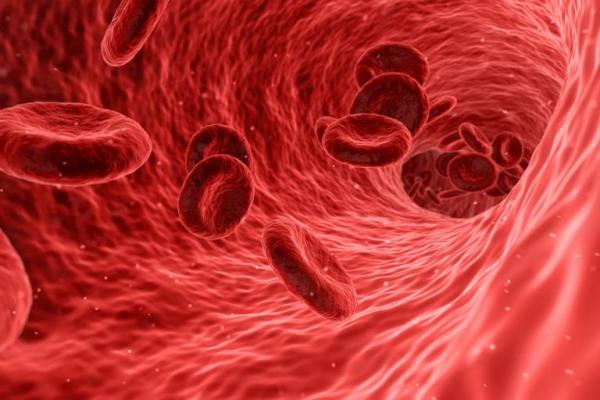
SATURDAY, Dec. 2, 2017 (HealthDay News) — In a case that investigators say is a first, a lung cancer drug unmasked and then attacked the kind of HIV-infected cells that standard antiretroviral therapy has been unable to touch.
The finding was reported on Dec. 1, which is also World AIDS Day, in the Annals of Oncology.
While one AIDS expert said the findings were promising, she noted the drug did not “cure” the patient of HIV.
The potential breakthrough centers on the experience of a single 51-year-old French man, who has been receiving treatment in Paris for advanced-stage non-small cell lung cancer for the past year.
The patient — who is also HIV-positive — had undergone both surgery and chemotherapy for tumors that had initially been diagnosed in 2015, before he experienced a relapse in 2016.
So, French clinicians gave him the cancer treatment nivolumab (Opdivo). The drug is commonly used for advanced melanoma and kidney cancer, as well as non-small cell lung cancer.
When the patient began his nivolumab treatment, his HIV status — first diagnosed in 1995 — was characterized as “undetectable.”
But like all HIV patients in his situation, that meant simply that all viral activity related to HIV was dormant. Such dormancy is far preferable to an active viral status. But it is not a cure, because the patient’s body is not completely clear of the virus.
In fact, dormant reservoirs of HIV-infected cells typically lurk throughout the immune system of such patients, hidden (from both the immune system and antiretroviral treatment) across an array of organs, such as the bone marrow, genital tract and even the brain.
Should antiretroviral treatment be halted for some reason, these hidden cells begin to replicate and spread.
“Latent HIV reservoirs are established during the earliest stage of HIV infection and throughout the course of the disease,” study author Dr. Jean-Philippe Spano explained in a news release. “When a latently infected cell is reactivated, the cell begins to produce HIV again.”
But, “increasingly, researchers have been looking into the use of certain drugs that appear to reactivate the latent HIV-infected cells,” noted Spano, who is head of the medical oncology department at Pitie-Salpetriere Hospital AP-HP. “This could have the effect of making them visible to the immune system, which could then attack them.”
Enter nivolumab.
The French cancer patient started receiving the cancer drug once every two weeks, starting in December 2016. Spano’s team noted that the patient’s previously undetectable HIV status became detectable, as his HIV levels began to climb.
The rise continued up until 45 days following the launch of his cancer therapy, and was accompanied by a similar bump in the activity of his T-cells, which serve as the body’s fighter cells when an immunity threat is detected.
By day 45, the patient’s HIV levels started to fall back down, and by day 120 levels of the formerly hidden reservoirs of HIV had experienced “a drastic and persistent decrease,” the study team noted.
The bottom line: Nivolumab had apparently awakened the dormant and invisible HIV reservoirs, and by doing so exposed them to the patient’s immune defenses, which in turn attacked and destroyed the unmasked virus.
Still, Spano and his colleagues cautioned that other patients in a similar situation had not responded in the same fashion, and that the finding would need to be replicated in others.
“But it could have implications for HIV patients, both with and without cancer, as it can work on HIV reservoirs and tumor cells independently,” Spano said. “The absence of side effects in this patient is also good news, and suggests this could be an optimum treatment for HIV-infected patients with cancer.”
Marcella Flores, associate director of research for amfAR (The Foundation for AIDS Research), characterized the findings as “hopeful.”
“This case is unique and interesting and should be further explored,” she said.
But Flores cautioned that the cancer drug had not, in fact, completely eradicated the virus. She added that although the therapy had prompted a substantial decrease in dormant HIV, the result was still “not curative.”
More work, she said, needs to be done to better understand this particular patient’s experience, and to figure out how it might be used to help other patients going forward.
More information
Visit the U.S. National Institutes of Health for more on HIV and AIDS.


